Orange Peels Are Your New Secret Weapon for Home & Garden
For years, I’ve lived by a simple rule, whether I’m in the kitchen or the garden: every part has a purpose. It’s wild how many people see an orange peel as just garbage. They peel the fruit, enjoy that sweet, juicy goodness, and toss the skin without a second thought. But I see something totally different—a little powerhouse of oils, fibers, and amazing potential.
In this article
That bright orange skin is packed with a compound called d-limonene, a natural solvent and scent that has more uses than you can possibly imagine. This isn’t about some flimsy “life hack.” It’s about really understanding the material in your hands. Once you get what an orange peel is and what it can do, you stop seeing it as waste. You start seeing it as a tool. In this guide, I’ll walk you through the real-deal techniques I’ve used for ages for cleaning, pest control, and even some fun kitchen projects.

First Things First: Know Your Material
Before you use any tool, you need to know how it works, right? An orange peel is basically made of two main parts, and each one has a different job. Getting this is the key to using them the right way.
- The Zesty Outer Layer (Flavedo): This is the colorful, bumpy part. It’s covered in tiny pockets that hold the orange’s essential oils. The star player here is that d-limonene I mentioned. It’s a fantastic natural solvent, which just means it can dissolve oils and grease. It’s also a natural bug repellent and has some antibacterial properties. When you use a peel for cleaning or keeping pests away, you’re tapping into the power of this zesty layer.
- The Spongy White Pith (Albedo): Underneath the orange layer is that white, spongy stuff. A lot of people find it bitter, and honestly, it doesn’t have much oil. But it’s far from useless. The pith is full of pectin and has a fibrous, absorbent texture. This makes it a great little scrubber that won’t scratch up most surfaces. Its ability to absorb moisture is also super handy, as we’ll see later.
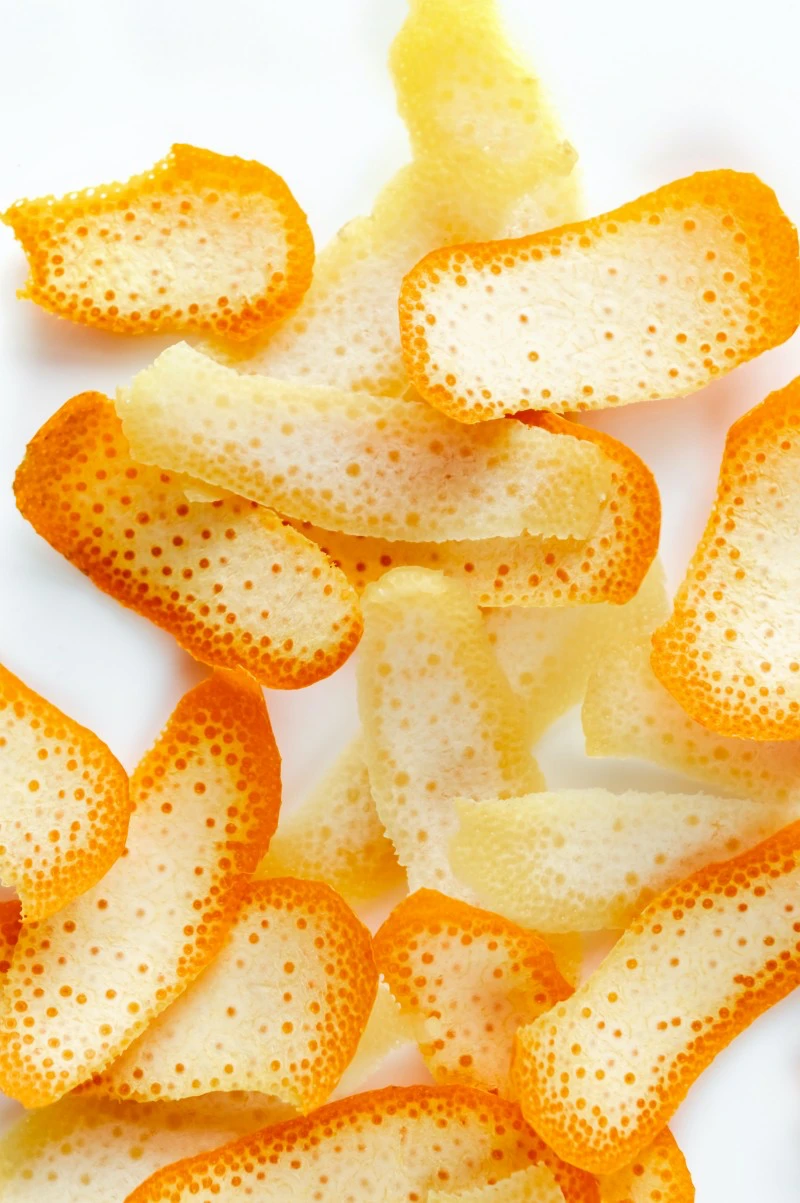
Heads Up: Not All Peels Are Created Equal
Okay, this is probably the most important safety tip I can give you, so listen up. Conventionally grown oranges are often sprayed with fungicides after they’re picked to stop mold during shipping. These chemicals are absolutely not meant to be eaten or to sit on your skin for a long time. My rule is simple and I stick to it: Only use peels from certified organic oranges for anything that involves food, drink, or direct skin contact. For cleaning or garden use where you’re not eating the end product, conventional peels are okay, but you’ve got to wash them really well first.
To clean your peels (even the organic ones), just give them a good scrub under cool running water with a vegetable brush. This gets rid of any dust, residue, or food-grade wax. Pat them dry before you use them.
Pro Tip: Storing Your Peels for Later
Most of us aren’t eating five oranges in one sitting. So what do you do with the peels until you have enough for a project? Easy.
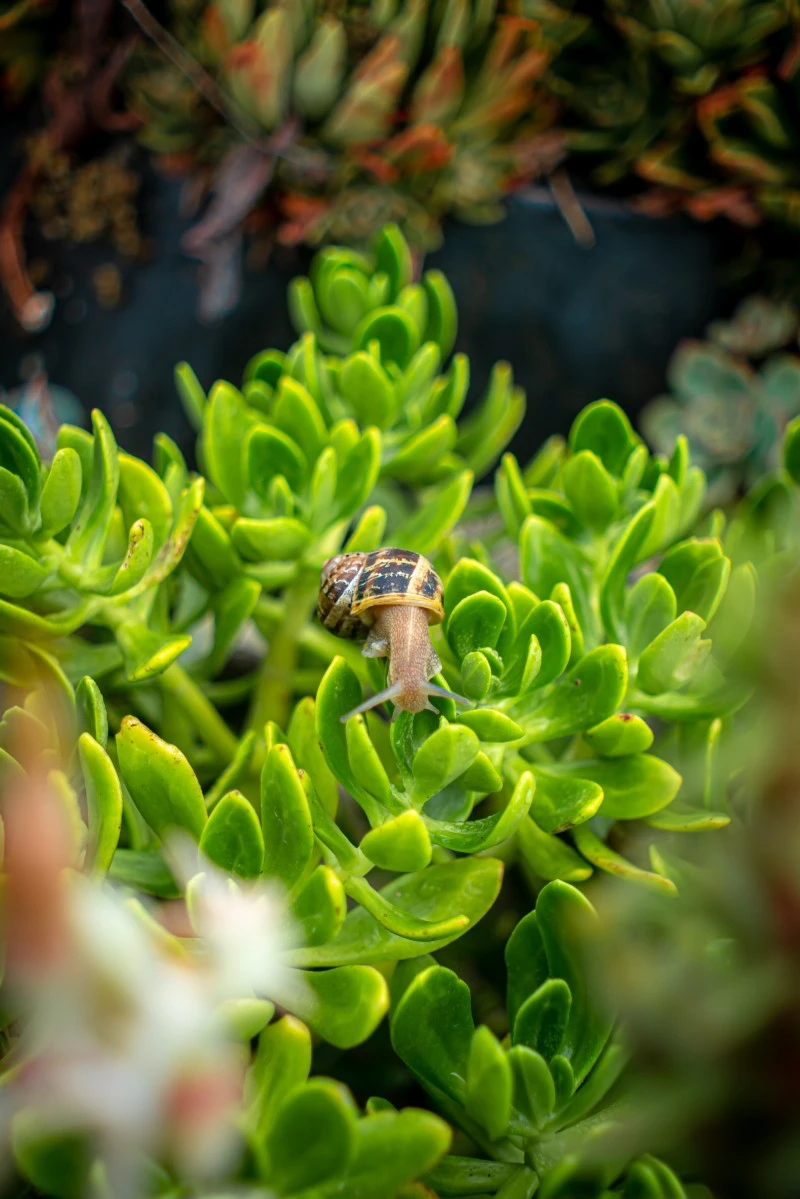
- Freeze Them: This is my favorite method. Just toss the peels into a freezer bag or container. They’ll keep for months and will be ready to go whenever you are. This is perfect for collecting enough for a big batch of vinegar cleaner.
- Dry Them: You can also dry the peels to use as a deodorizer or for zest. Just lay them out on a baking sheet in a single layer and let them air dry for a few days until they’re brittle. Or, to speed things up, bake them on the lowest setting of your oven (around 170-200°F or 75-95°C) for an hour or two until they’re fully dry.
Orange Peels for a Sparkling Clean Home
The d-limonene in orange peels makes them a fantastic natural cleaner. It cuts right through grease and leaves behind a fresh, clean scent without any harsh chemicals. Here are the methods I swear by.
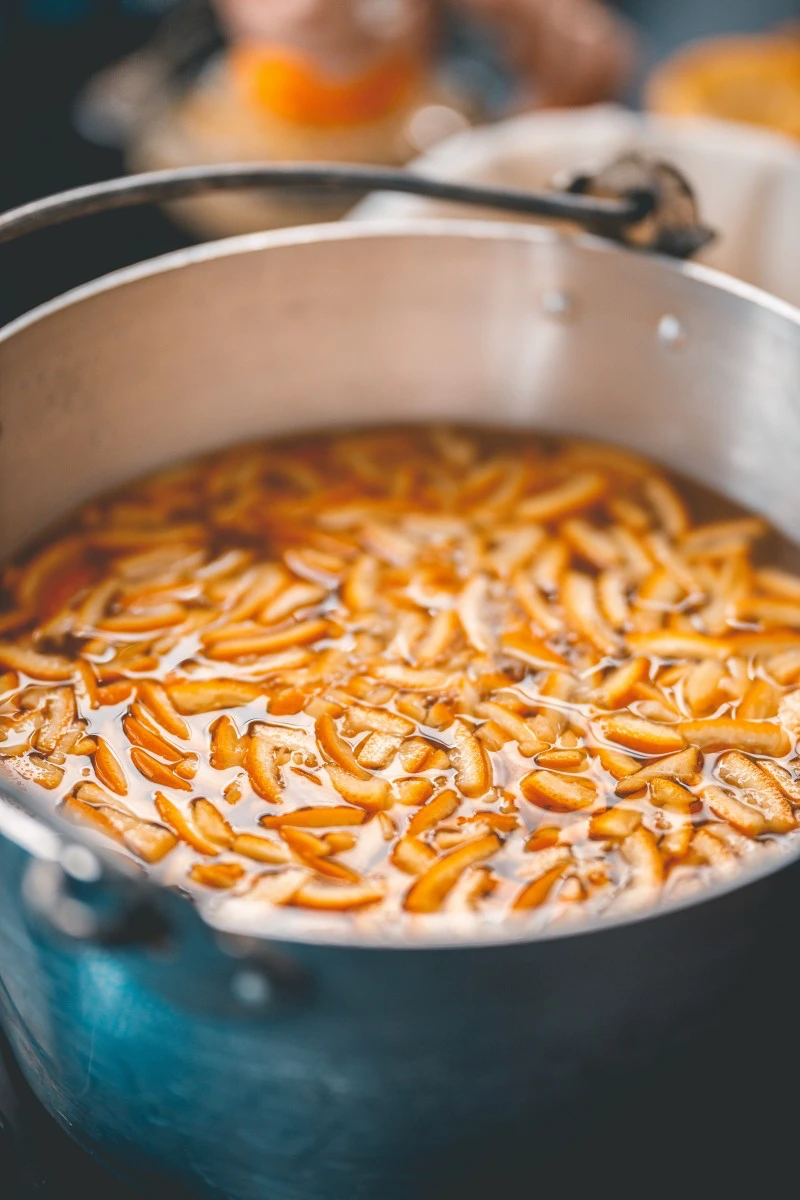
All-Purpose Orange Vinegar Cleaner
This is my absolute go-to for countertops, windows, and just about any general surface. The vinegar disinfects and the orange oil dissolves all that grime. Plus, it’s ridiculously cheap to make. A gallon of vinegar costs about $3 and a few organic oranges might be another couple of bucks. You’re making a huge supply of cleaner for less than $10, which blows a $5 bottle of store-bought stuff out of the water.
Here’s what you’ll need:
- A 1-quart wide-mouth glass jar with a lid (Glass is a must! The acid can react with some plastics and metals over time.)
- Peels from 4-5 large organic oranges
- Plain white distilled vinegar (the standard 5% acidity is perfect)
- A strainer (No cheesecloth? No problem. A coffee filter, a clean old t-shirt, or a fine-mesh kitchen sieve works just as well.)
- A spray bottle for the finished product
Instructions:
- Loosely pack the orange peels into the glass jar. Don’t squish them down.
- Pour the vinegar over the peels until they’re completely covered. A common mistake is leaving some peels exposed to air—that’s a quick way to grow mold and ruin the whole batch.
- Seal the jar and stick it in a cool, dark place, like a kitchen cabinet, for two to four weeks. I find three weeks is the sweet spot. Give it a gentle shake every few days.
- After a few weeks, the vinegar will be a deep orange color and smell amazing. Strain the liquid into a clean bowl, giving the peels a good squeeze to get every last drop.
- Pour it into a spray bottle. You can use it full-strength for tough grease or dilute it 50/50 with water for everyday cleaning. By the way, this stuff is self-preserving, so it’ll last for months in your cupboard—no need to refrigerate.
Important Safety Note: I learned this lesson the hard way. Never, ever use this vinegar solution on natural stone like marble, granite, or limestone. The acid will etch the surface and permanently dull the finish. It’s perfectly safe for laminate, ceramic tile, and glass, though!
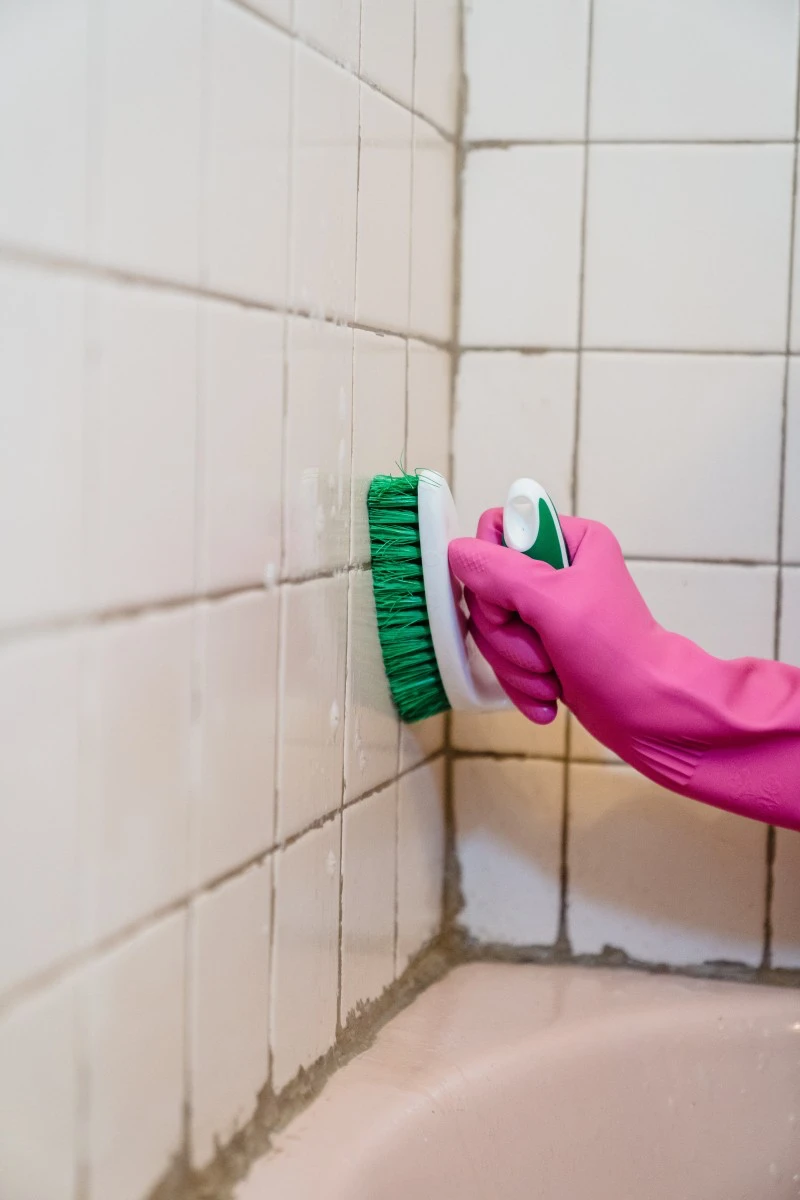
60-Second Wins: Quick Deodorizers
Don’t have time for a full project? Here are two super-fast tricks.
- Microwave Steam Clean: Toss the peels from one orange into a microwave-safe bowl with a cup of water. Nuke it on high for about 3 minutes until it’s super steamy. Let it sit for five minutes, then carefully remove the hot bowl. The orange-infused steam loosens all the gunk and makes wiping it clean a breeze.
- Garbage Disposal Refresher: This one is almost instant. Just toss a few fresh peels down your garbage disposal, run cold water, and turn it on for about 30 seconds. Bye-bye, funky smells!
Quick Shine for Wooden Surfaces
This is a great little trick for giving a quick shine to dull, unsealed, or oil-finished wood furniture. It’s not a deep restoration, but it’s perfect before guests arrive. My old coffee table can go from dusty and sad to having a warm, lovely sheen in about two minutes.
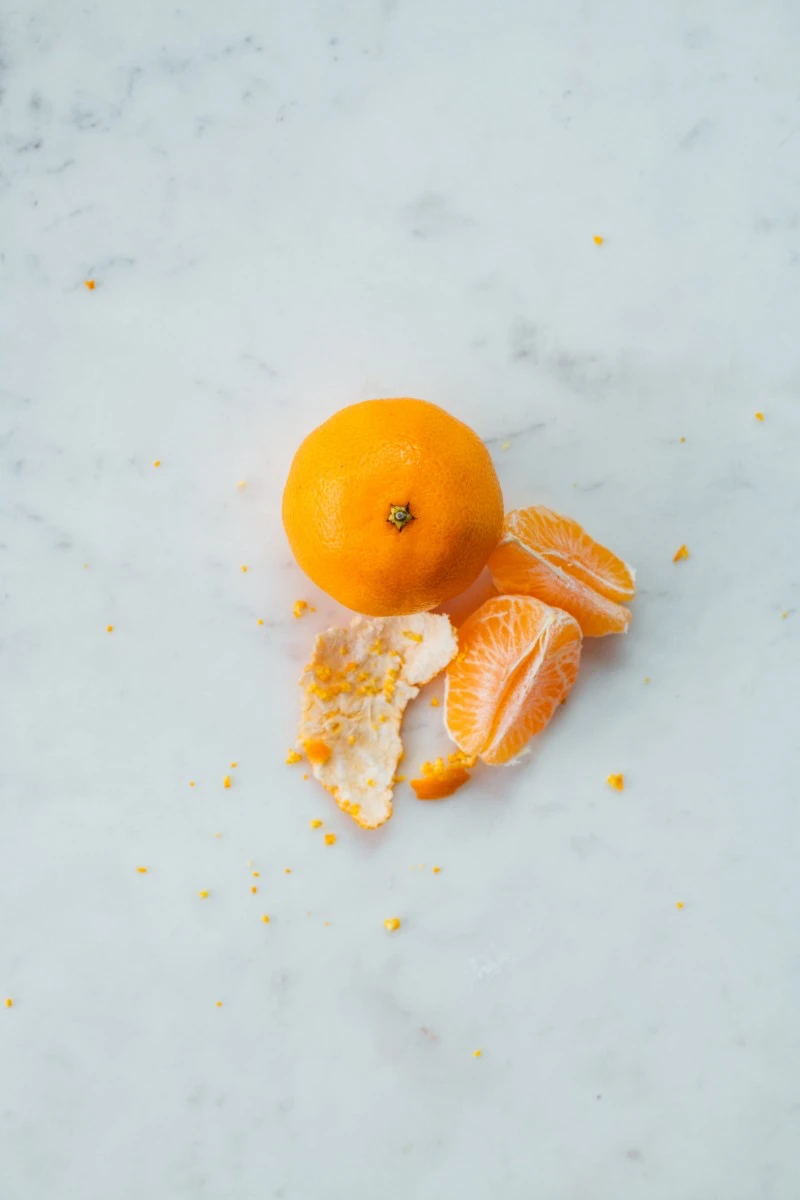
Just take a fresh, pliable peel and rub the white pith side firmly over the wood, following the grain. The pressure releases the oils. After you’re done, buff the surface with a clean, dry cloth. Oh, and a quick heads-up: always test this on a small, hidden spot first. Don’t use it on lacquered or painted surfaces, as the oils might react with the finish.
Orange Peels in the Garden
Some of the best garden solutions are the simplest. Orange peels can help you manage common pests and even improve your soil without reaching for synthetic chemicals.
A Humane Way to Deter Pets
Most cats and some dogs really don’t like the strong smell of citrus. You can use this to your advantage to keep them from digging in your garden beds.
For outdoor gardens, just chop up some fresh peels and scatter them around the plants you want to protect. You’ll need to reapply them every few days or after it rains. For indoor plants, you can place a few large pieces of peel on top of the soil.

A note on pet safety: This method relies on them avoiding the area, not eating the peels. While the smell is usually enough of a deterrent, limonene can be toxic to cats if they eat a lot of it. If you have a pet that’s known for eating everything in sight, this might not be the best option.
The Surprising Slug & Snail Trap
Here’s a fun fact: orange peels don’t repel slugs, they actually attract them. We can use this to our advantage!
In the evening, place a few hollowed-out orange peel halves (like little cups) upside down in your garden where slugs like to hang out. Prop one side up with a tiny stone so they can crawl inside. In the morning, you’ll find them gathered inside. You can then collect the peels and the pests. To dispose of them, you can either relocate them to a wild area far from your garden or, for a quicker solution, drop them into a bucket of soapy water.
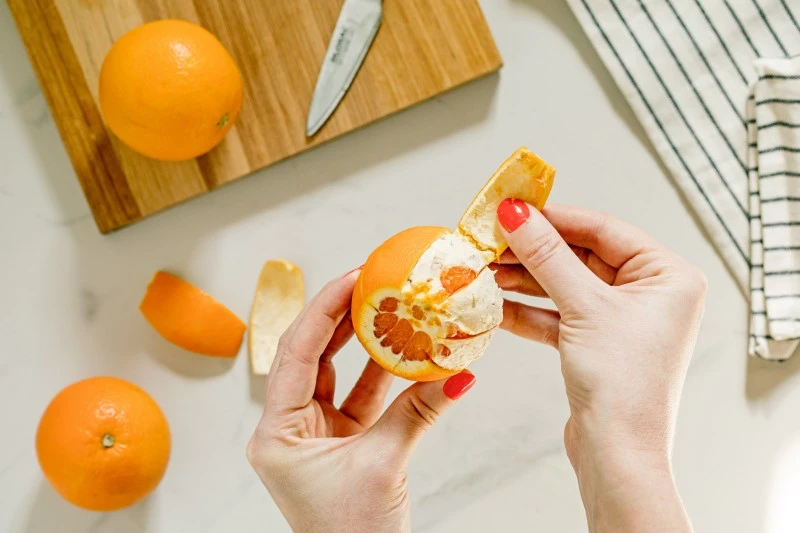
Boosting Your Compost Pile
A lot of new composters worry that citrus peels are too acidic for their pile. In a healthy compost system, this really isn’t a concern. The key is to chop them into small, one-inch pieces. That waxy outer layer is tough and slow to break down. If you toss in a whole peel, you might find it almost perfectly intact six months later. Chopping it up gives the microbes way more surface area to work on, speeding things up dramatically.
Yes, You Can Eat Them! (With a Catch)
We’ve covered cleaning and gardening, but I promised you kitchen uses too! Remember, this is where using certified organic peels is non-negotiable.
How to Make Candied Orange Peel
This is a classic treat that’s fantastic for holiday baking or just for snacking. It takes a little time, but it’s so worth it.
- Slice the peel of an organic orange into quarter-inch strips.
- Place the peels in a saucepan, cover with cold water, and bring to a boil. Simmer for about 10 minutes, then drain. This step helps reduce the bitterness.
- In the same pan, combine 1 cup of sugar and 1 cup of water. Bring to a simmer, stirring until the sugar dissolves.
- Add the boiled peels to the sugar syrup. Let them simmer gently for 45-60 minutes, until they look translucent.
- Carefully lift the peels out with a fork and place them on a wire rack to dry for a few hours. You can then roll them in more sugar for a classic finish.
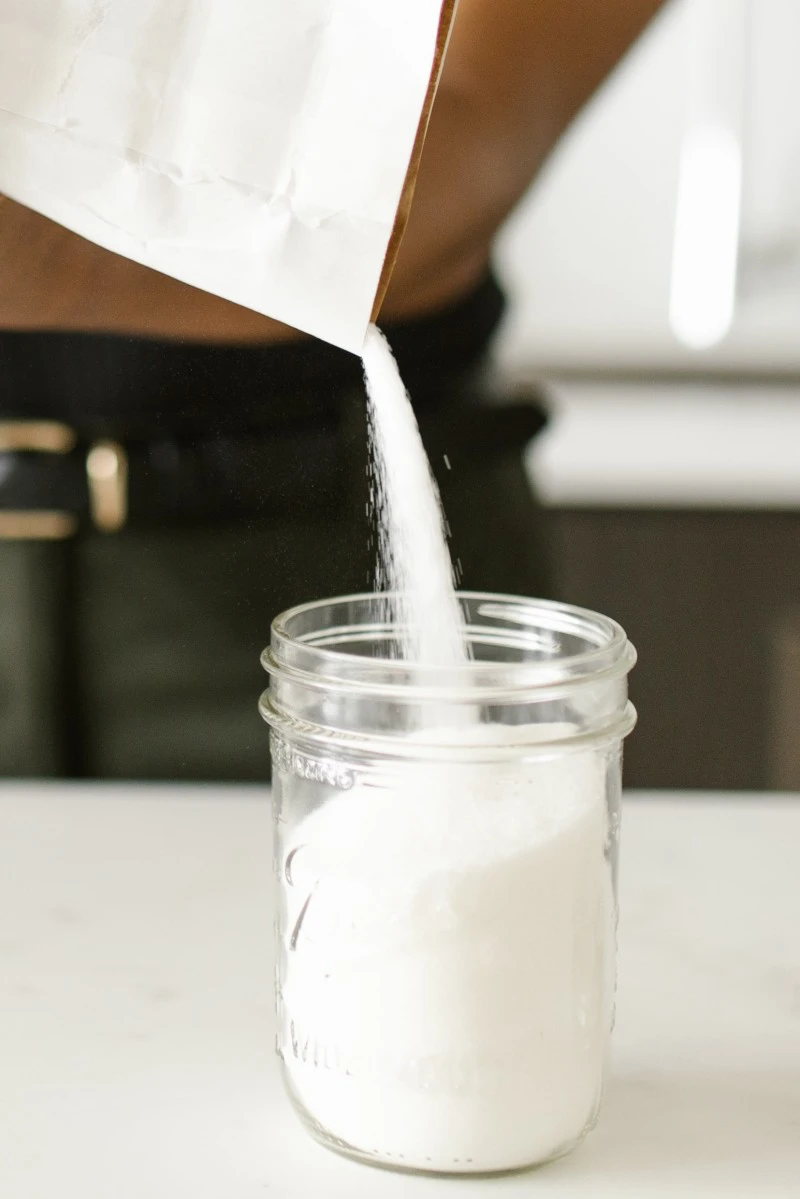
Drying Zest for Later
Don’t want to make candy? Just make zest! Use a microplane or a vegetable peeler (and then mince with a knife) to remove just the orange part of the peel. You can use it fresh in baking or marinades, or spread it on a plate to air-dry for a few days. Store your dried zest in an airtight jar—it’s an amazing flavor booster for spice rubs, teas, and baked goods all year round.
What About Other Citrus Fruits?
Great question! And the answer is yes, pretty much all of these techniques work with lemon, lime, and grapefruit peels too. The main difference will be the scent and, to some degree, the oil concentration. Lemon vinegar, for example, is an absolutely incredible cleaner. Just experiment and see what you like best!
Inspiration:
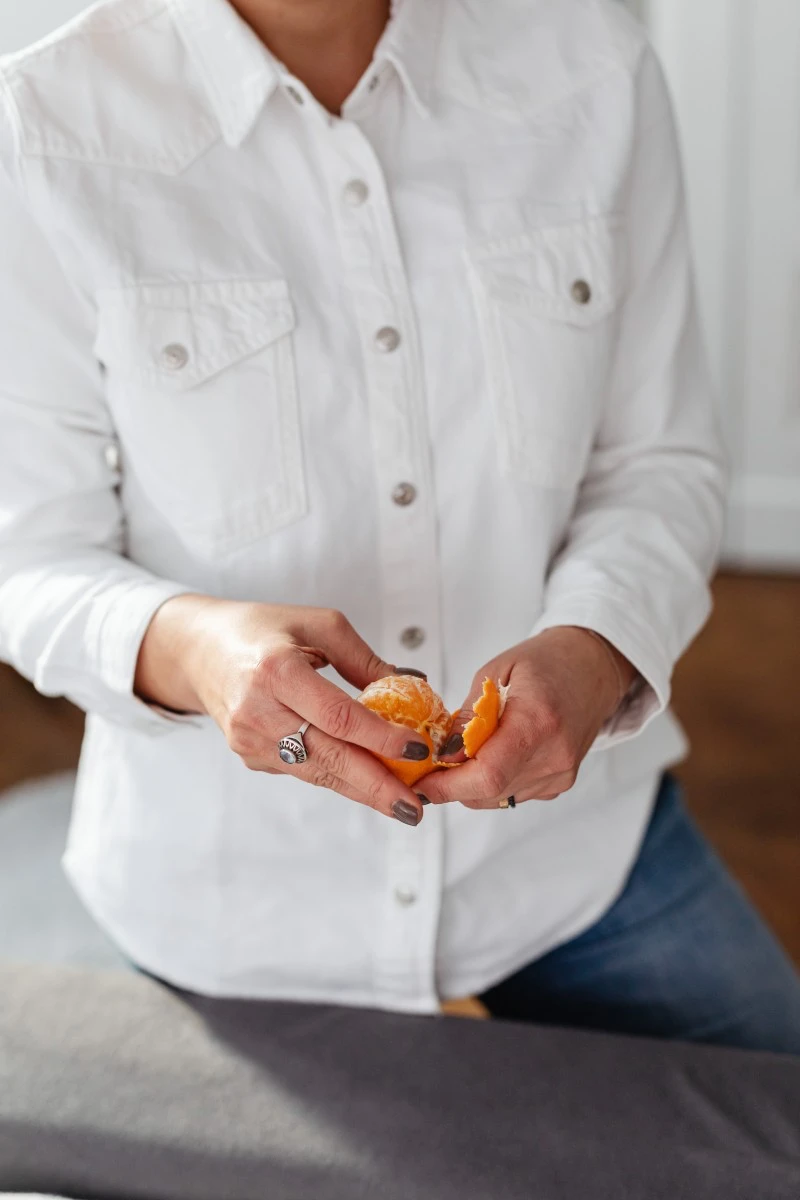

A word of caution for stone surfaces: While your homemade orange peel vinegar is a fantastic degreaser for ceramic tiles or laminate, its acidity can be damaging to porous natural stone. Avoid using it on marble, granite, or limestone countertops as it can cause etching and dull the finish over time. Stick to a pH-neutral cleaner for these special materials.

Globally, an estimated 1.3 billion tonnes of food are wasted each year, with fruit and vegetable peels representing a significant portion.
Every time you repurpose an orange peel, you’re participating in a larger movement towards a circular economy. It’s a small but powerful act that reduces landfill burden, minimizes methane emissions from decomposing organic matter, and honors the resources that went into growing the fruit.
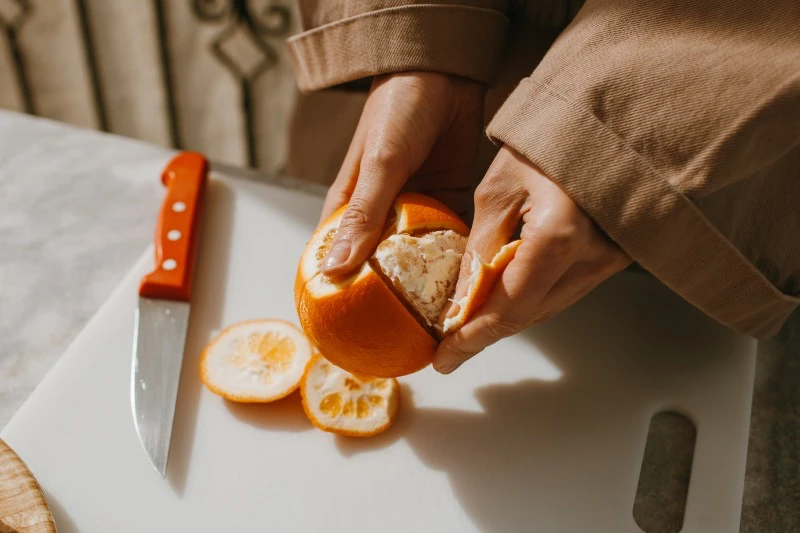
For an instant mood lift that costs nothing, forget chemical air fresheners. Simply place a handful of fresh orange peels in a small saucepan with water, a cinnamon stick, and a few whole cloves. Let it gently simmer on the lowest heat. The warm, citrus-spice aroma will fill your home, creating a cozy and welcoming atmosphere that feels genuinely natural and comforting, especially on a cool day.
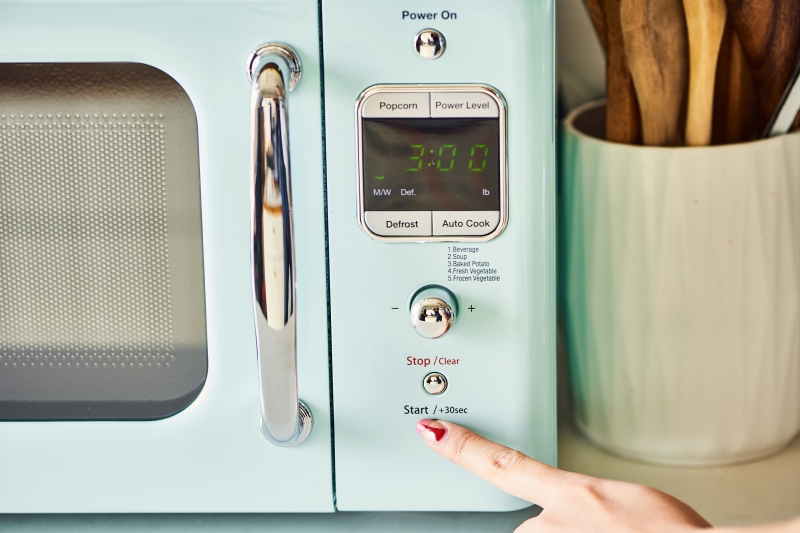
- They make a delicious, zero-waste treat.
- They add a professional-looking garnish to desserts and cocktails.
- They can be stored in an airtight container for weeks.
The secret? Candied orange peels. Simply boil sliced organic peels to remove bitterness, then simmer them in a sugar-water syrup until translucent. Dry on a rack and enjoy!
Are lemon peels better for some tasks?
Yes, it’s all about the chemistry! While orange peels are masters of degreasing thanks to their high d-limonene content, lemon peels pack a stronger acidic punch. Use lemon peel-infused vinegar for tackling hard water stains and limescale in bathrooms. For greasy kitchen backsplashes or creating a gentle wood polish, stick with the power of orange.










